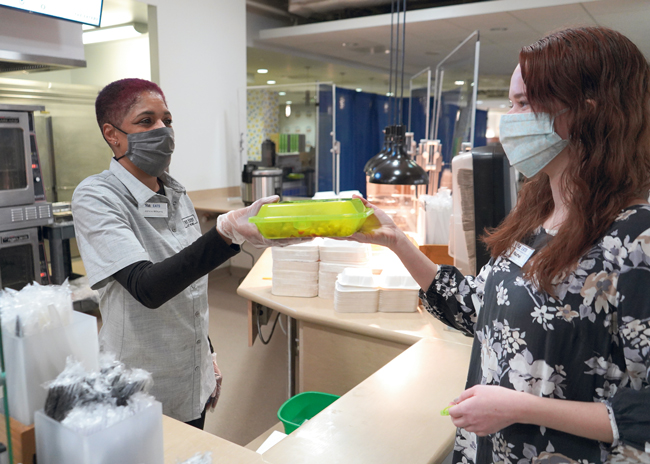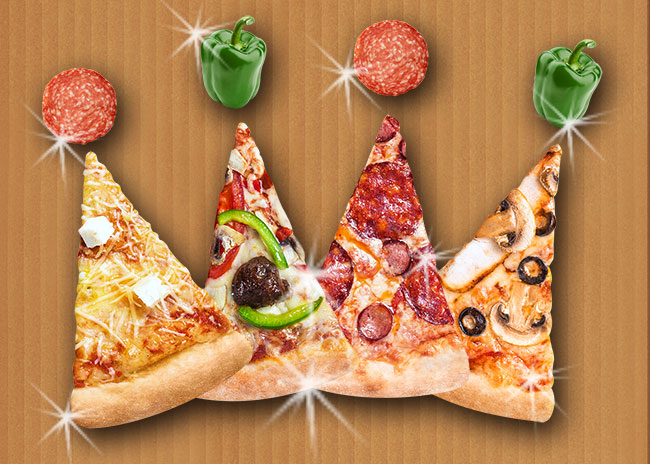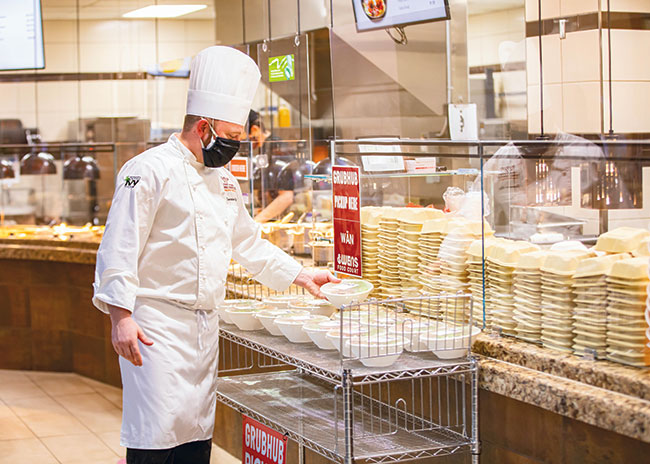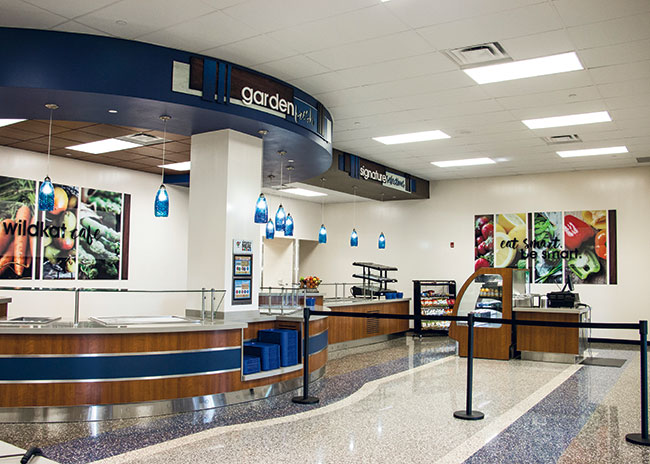This past year has seen tremendous change in the foodservice industry. One thing that remains the same, however, is a continuing desire among both operators and consumers for open kitchens.
Remember “The Chipotle Effect” and the rise of the super customizable, fast-casual-style meal? Various foodservice consultants see something similar on the horizon. We shall call it: “The Curbside Effect.”
Now that research has shown little-to-no risk of transmitting the virus through hard surfaces, we have seen reusable containers come back to campus.
Half of the average brewery’s revenue comes from on-premises sales, according to the Beverage Marketing Association (BMA). So, naturally, the segment dried up when states ordered nonessential businesses — including restaurants, bars and taprooms — to close.
Mix one part comfort food and one part sociability with two parts nostalgia and you’ll have the recipe for the success of diners. This formula has worked for decades, but will it work in the future?
Pizzerias represent 10% of all full-service and quick-service restaurants, with about 73,000 pizzerias in the U.S. and 21,000 Italian pizza and pasta restaurants (think Olive Garden, Carrabba’s Italian Grill and California Pizza Kitchen), according to data insights from CHD Expert released in January 2021. A whopping 94% of all Americans eat pizza regularly.
Good news: restaurants across the country are fully reopening after the pandemic. Bad news: some of the challenges they faced during the pandemic are lingering. That’s where consultants like Mark Moeller, owner of The Recipe of Success, are stepping in.
A trio of accomplished foodservice designers dish on everything from the latest trends to the future of robotics and more.
With the fall semester in sight, college and university foodservice operators find themselves evaluating what worked and what didn’t during the previous academic year as they prepare for the new school year. While they hope for more normal foodservice programs, many changes from the past year may remain.
Cold prep stations play a vital role in commercial kitchens. Staff use these spaces to lay out ingredients from the walk-in cooler and assemble them into menu items served cold. Cold prep areas also serve as the initial assembly points for dishes that will move on to the hot line for cooking.
Condiments typically support a variety of uses, and trending flavors tend to stick around for a while.
Office buildings, schools and events venues that aren’t already open will likely resume operations in the coming weeks and months. These restarts will include commercial kitchens for cafeterias and food vendors.
Even in the best of times, K-12 school foodservice is a tough proposition. With ever-changing governmental regulations, fluctuating enrollment sizes and shrinking budgets, it’s always been a challenge. But as with every other segment of the industry, the pandemic made school foodservice completely rethink its operational strategies. The changes that the pandemic forced upon school foodservice will surely affect how it moves forward.
Diners seek meal customization opportunities and specialized menus for a variety of reasons, including specific diets, lifestyle choices, food allergies and anything in between.
From rethinking kitchen design components to equipping for off-premises dining, designers look to accommodate demands.
Foodservice consultant Joe Sorgent at Cini•Little International Inc. offers a consultant’s take on which pandemic-induced changes will be for good and which may fade away.



















